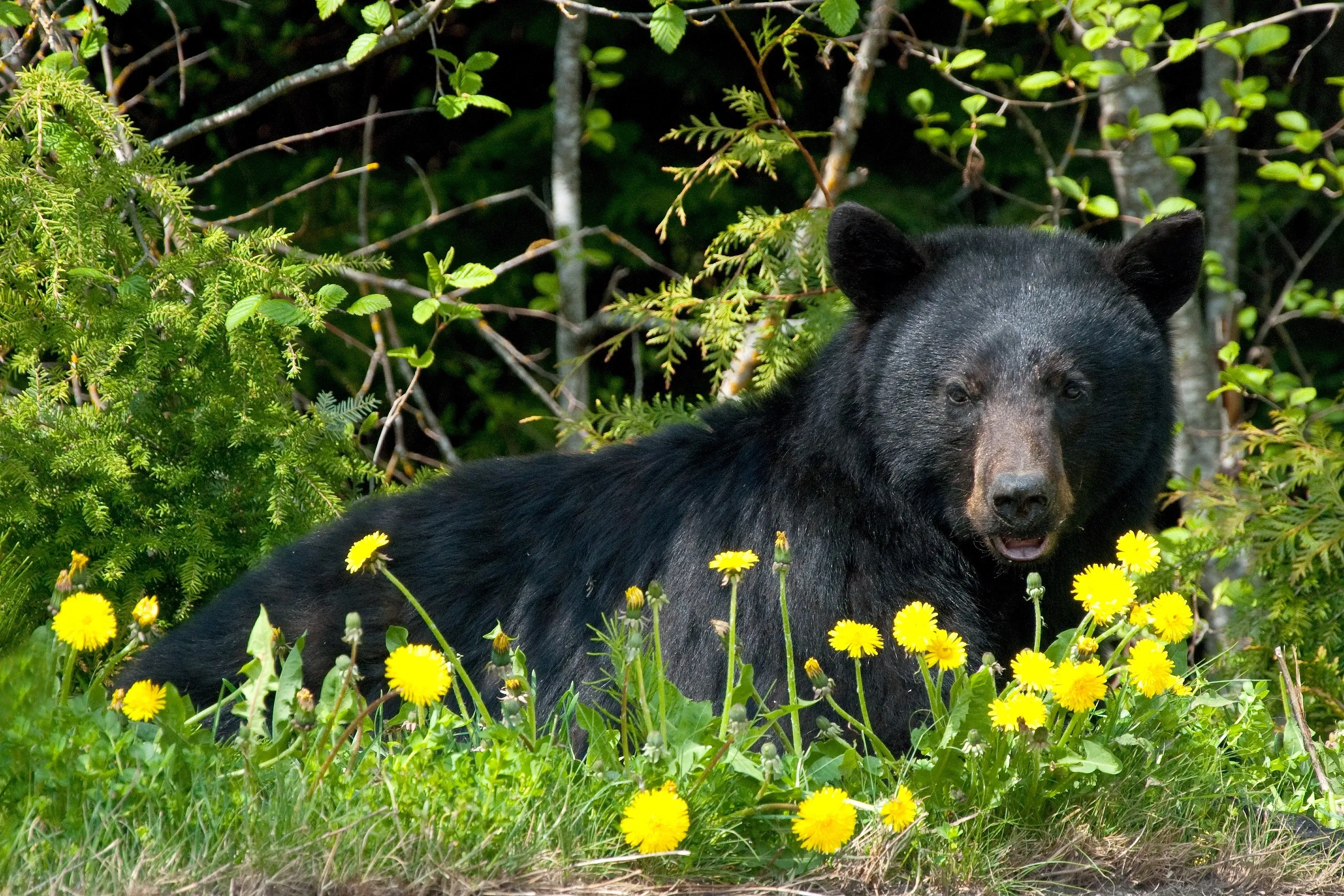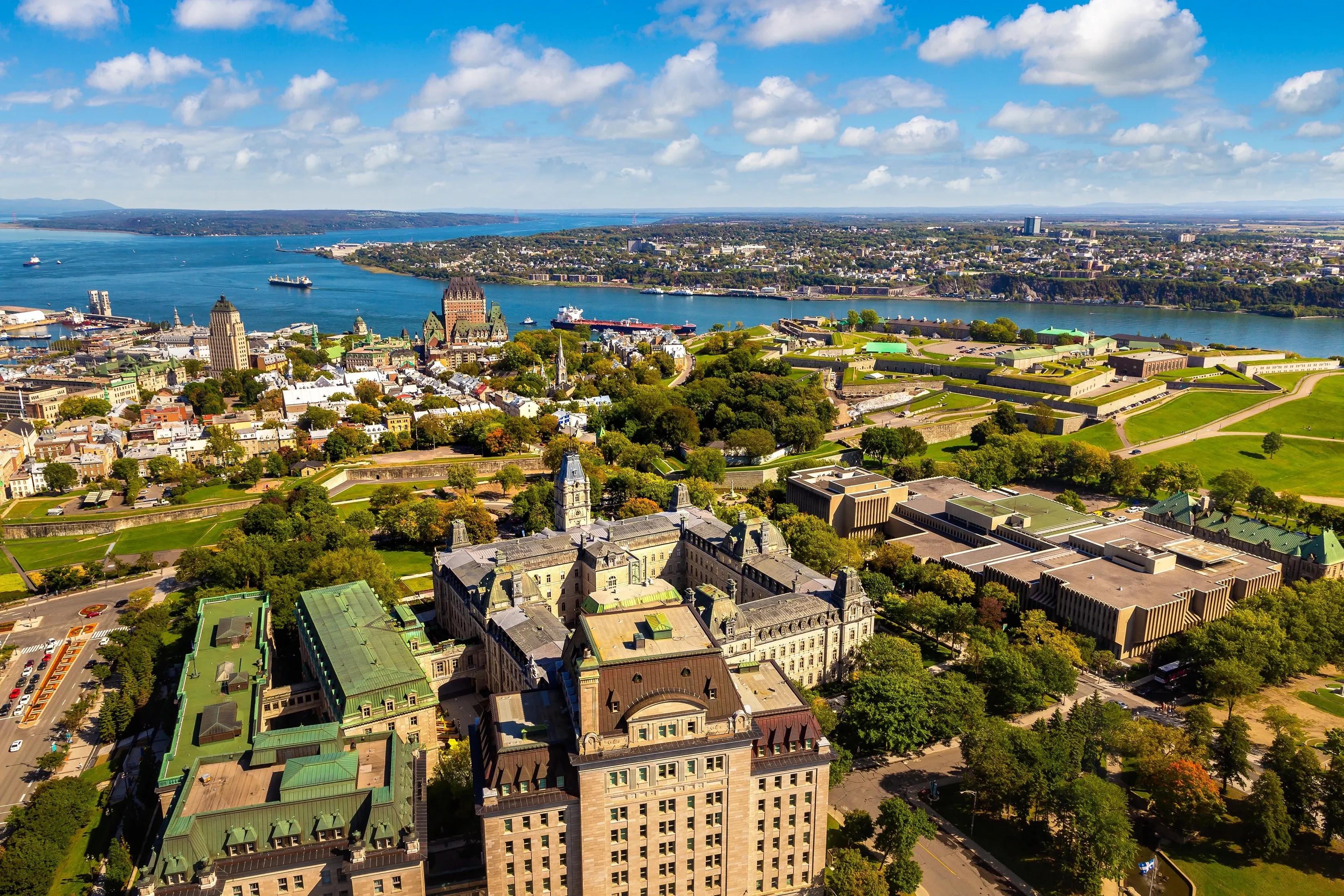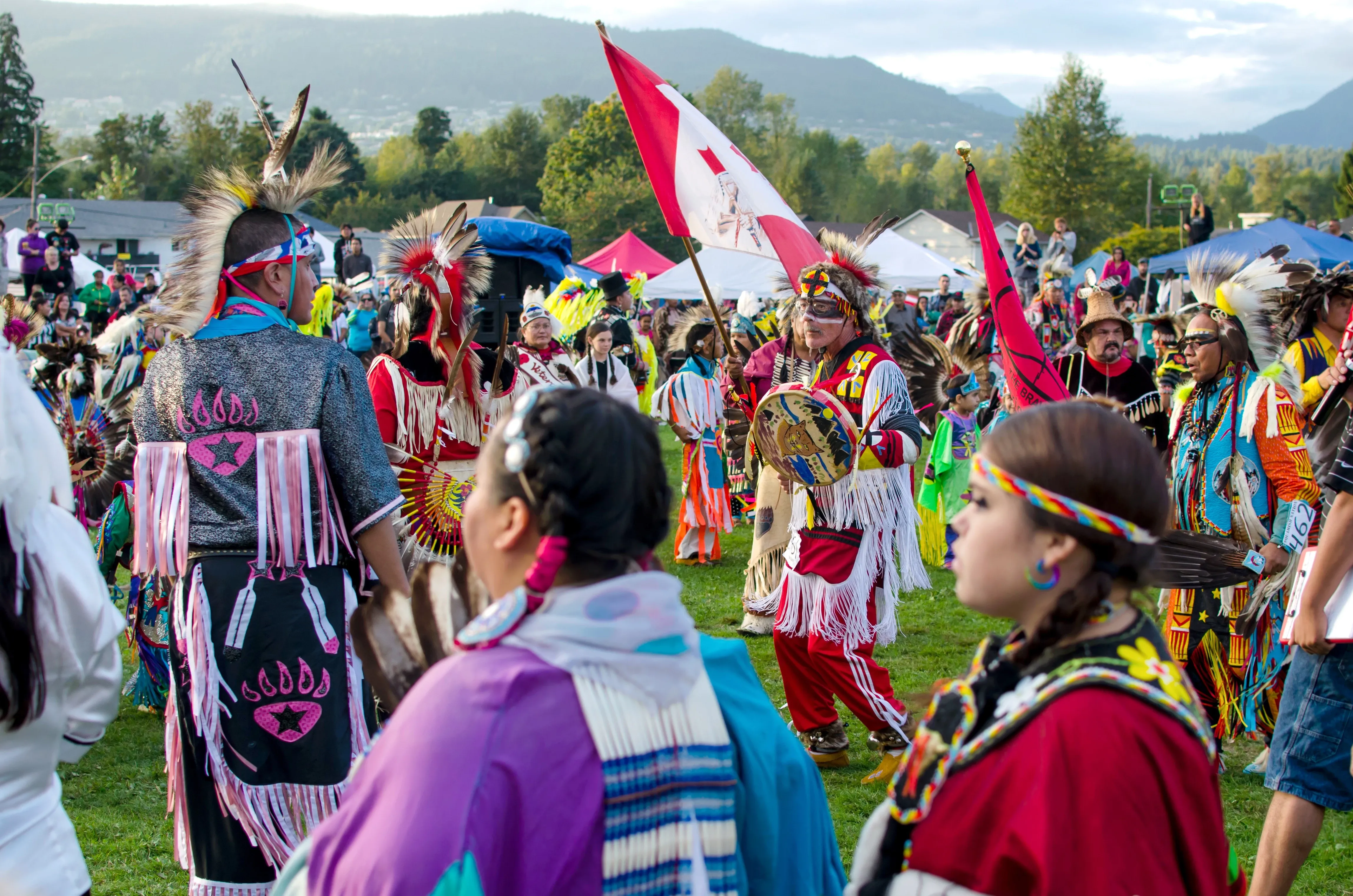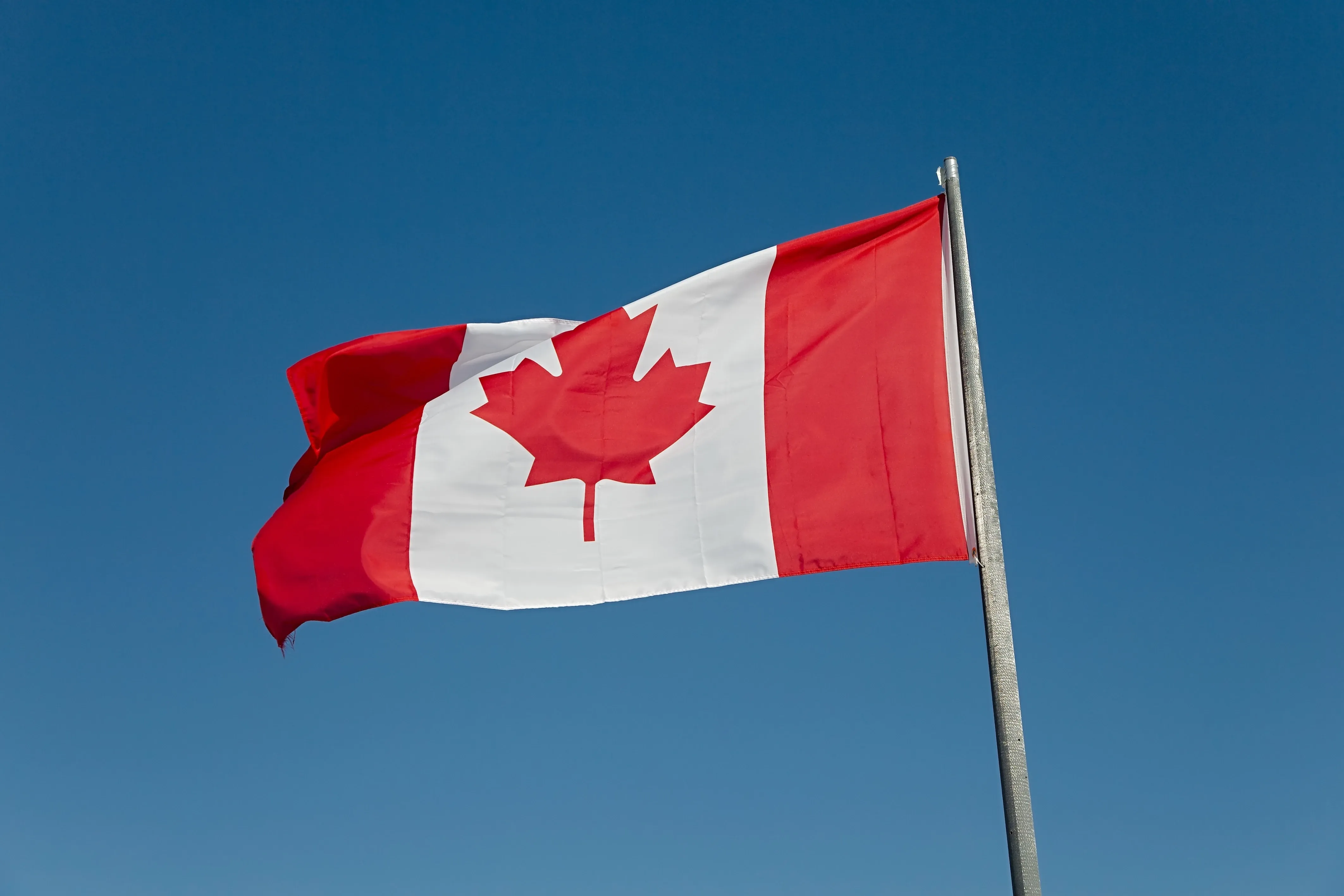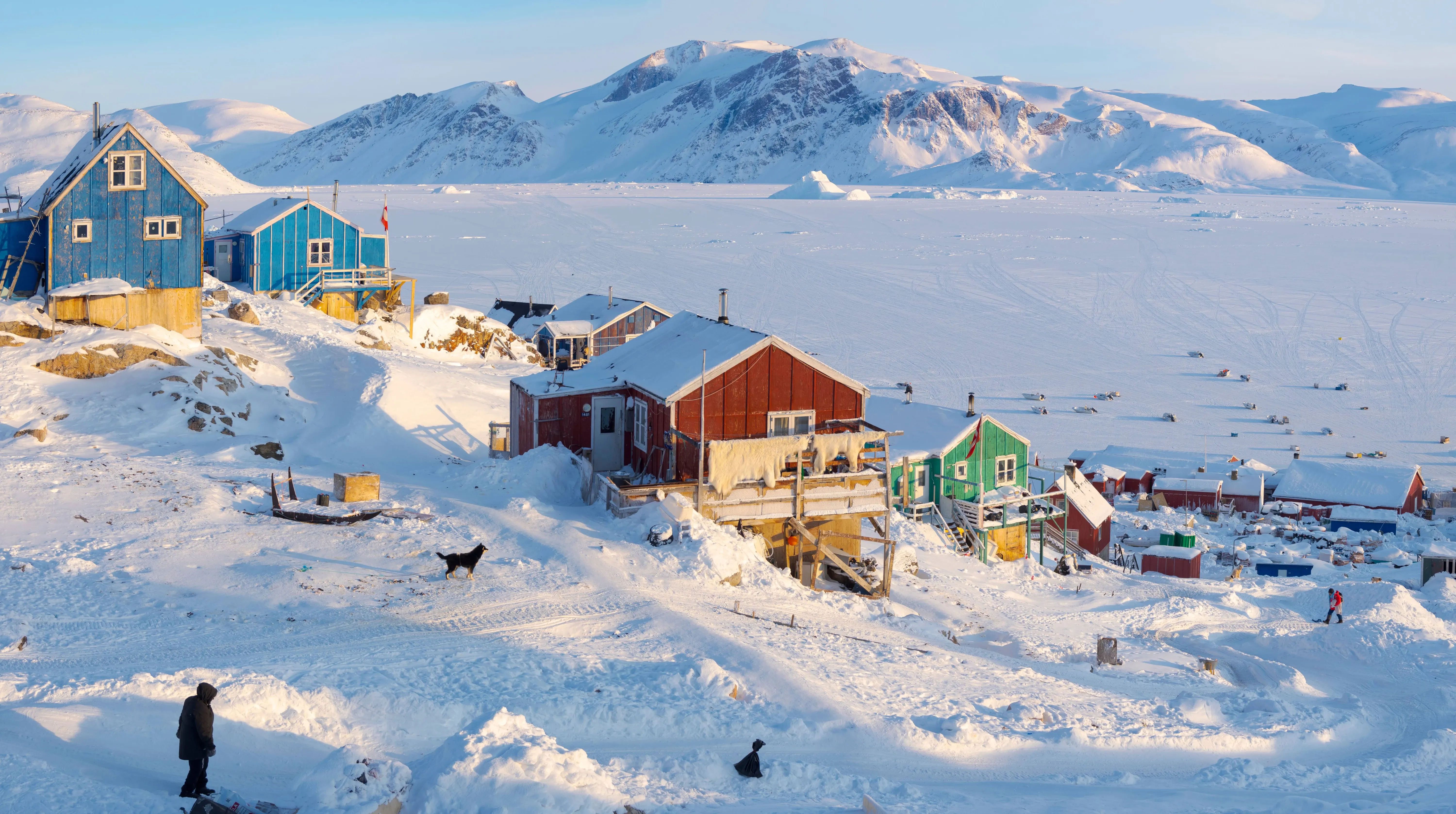Canada etiquette for tourists
Travel around Canada with a smile on your face and you’ll receive a warm welcome. The foundation of Canada etiquette is common courtesy, so approach your trip with a friendly manner to get the most from your time in this breathtakingly beautiful part of the world.
Greeting someone in Canada
Like in other English-speaking countries, greetings are typically ‘Hi’, ‘Hello’, ‘Good morning’, ‘Good afternoon’ and ‘Good evening’. Some might say ‘Hey’, which is more informal but has the same meaning. Parting expressions tend to be 'bye', 'goodbye', 'good night' or 'see you later'.
If somebody says to have a safe trip or drive safe, they are sending well wishes (not implying that you might not usually do so!) In business situations, a hand-shake is customary for both males and females.
»Canada is an interesting country; the rest of the world thinks so, even if Canadians don't.«
Language Dos and Don'ts in Canada
Most Canadians trace their ancestry back to Britain and about half of the country’s population consider English to be their first and only language. Since a significant proportion of those living in Canada today descended from French colonists (who also settled in the 17th and 18th Centuries), both English and French are official languages in Canada. Many Canadians can speak English and French and only a few speak French but no English. Just 0.4 percent of the Canadian population claims to speak an Aboriginal language at home.
Quebec is the only Canadian province where the day-to-day language is French. Much of the population in Quebec are French-Canadian, or Francophones, and can’t speak English. If you are visiting Quebec, it is therefore considered good etiquette to learn some French before you go and greet people in French without assuming they will speak English. Note, though, that French Canadian differs slightly to Parisian French.
Canadian French retains old-fashioned terms that have gradually phased out in France and some pronunciations are different. That said, the differences aren’t so significant that somebody speaking Parisian French wouldn’t be understood in Canada. Other provinces with some French-speaking populations (but where English is the main language) include New Brunswick, Ontario and Manitoba.
Thanks to American influences, Canadian English is similar to American English (though interest in the language usually centres around how the two dialects differ). Be aware that some stereotypes relating to Canadian English can be considered offensive. For example, the clichés that Canadians speak slowly, end sentences with ‘eh?’ and pronounce words with ‘ou’ as ‘oo’ (e.g. ‘about’ as ‘aboot’) – known as the Canadian Raising phenomenon. These language quirks are no longer common in Canada and it wouldn’t be considered good etiquette to refer to them in conversation.
Tipping etiquette in Canada
In restaurants, it is good etiquette to add a tip, also called a gratuity, of 15 to 20% of the bill (before tax) - tips aren't usually automatically added to the bill. In eating establishments with counter service, tipping is not customary. Tipping is also common in hotels - for example, for staff who bring your bags to your room or valet service workers.
Elsewhere, customers sometimes tip their hairdressers, taxi drivers and beauty therapists. Tips are not compulsory in any situation, but it is good etiquette to tip, especially in restaurants and hotels.
More Do's and Don'ts in Canada
Queuing in a line is common in Canada, for example in shops, to buy tickets or board public transport. It is considered bad etiquette to skip ahead in the queue. Smoking is restricted in most public spaces, though official rules vary from state to state. When driving, if an oncoming driver flashes their headlights at you, it is often a warning - for example, to notify you that your headlights aren't on or there is a collision ahead.
Talking on your phone while driving is illegal in most provinces. If you are visiting somebody's home, it is good etiquette to ask if they would like you to take your shoes off; if you are invited for a meal, it is good etiquette to bring a small gift - for example, a bottle of wine or a bunch of flowers.
Quick facts about Canada
- Official language: English and French
- Form of government: Constitutional monarchy
- Population: 38 million
- Capital city: Ottawa
- Currency: Canadian dollar
- Time zone: There are six time zones in Canada
- Summer months: June to September
- Winter months: December to February
- Climatic warmest Temperatures: 30°C
- Climatically coldest temperatures: -63.0°C
- Telephone area code: +1
- Standard voltage of electricity: 120 V
Reminder: Brush up on your history
Canada has a rich history, stretching well beyond the 200 years since European immigrants began building the country’s towns and cities as we know them today. It is important for visitors to Canada to learn a little about the country’s past before diving in to experience the modern culture.
As a brief overview, European colonists settled and began to build cities in Canada in the 17th and 18th Centuries. Most people living in Canada today descend from these immigrant populations. They weren’t, however, the first people to live in Canada. Thousands of years before Europeans arrived, Canadian Aboriginals migrated from North America and formed communities across the country. There were about 50 nations of Canadian Aboriginal populations, grouped by genetic descent and culture; most were hunter-gatherer communities with a deep respect for nature.
Aboriginal Peoples were almost entirely wiped out by European settlers. There was a mindset among the colonisers that Indigenous people were inferior and missionaries were tasked with converting them to Christianity. The European immigrants exploited the Aboriginal Peoples for cheap labour and waged war against them to gain control of their land. Ultimately, Aboriginal populations were decimated by diseases brought to Canada by the Europeans, for which the Indigenous people had no immunity. Less that 10 percent of the Indigenous population is estimated to have remained at the end of the 19th Century.
And the attempts to expunge the Aboriginal culture didn’t stop there. The new Canadian government forced Aboriginal communities into isolated parts of the country, where they were left to govern themselves. Generations of Indigenous peoples were taught to speak English instead of their native language as part of the Indian Residential Schools programme, which ran in rural areas through to the 1960s. It is only very recently that attitudes towards Indigenous peoples have changed and efforts are being directed to ensure Indigenous cultures aren’t lost forever.
When referring to Aboriginal people, the term 'Indian' is considered offensive; instead, refer to these groups as Aboriginal or Indigenous. Groups of the indigenous population are known as bands or nations - not tribes. If you will be travelling to northern Canada, be aware that the term Eskimo is only used for those living north west of Nunavut. Avoid using it when referring to other Inuit communities.
Canada etiquette summarised in a nutshell
While it is impossible to generalise for an entire country, on the whole, so long as you act in a friendly and polite manner, there isn't much in Canada etiquette that would catch you out. Canada has a diverse and welcoming population and travelling around the country is a pleasure. The top Canada etiquette tips would be to read up on the history before you arrive and check the main language spoken in the province(s) you will be visiting.
Source references:
The Canada Guide - Culture
The Canada Guide - Language
Sign up for the newsletter
By clicking on “Subscribe now” I will subscribe to the Conscious Explorer newsletter with all the information about mindful travel. Information on the success measurement included in the consent, the use of the shipping service provider MailChimp, logging of the registration and your rights of revocation can be found in our privacy policy.

